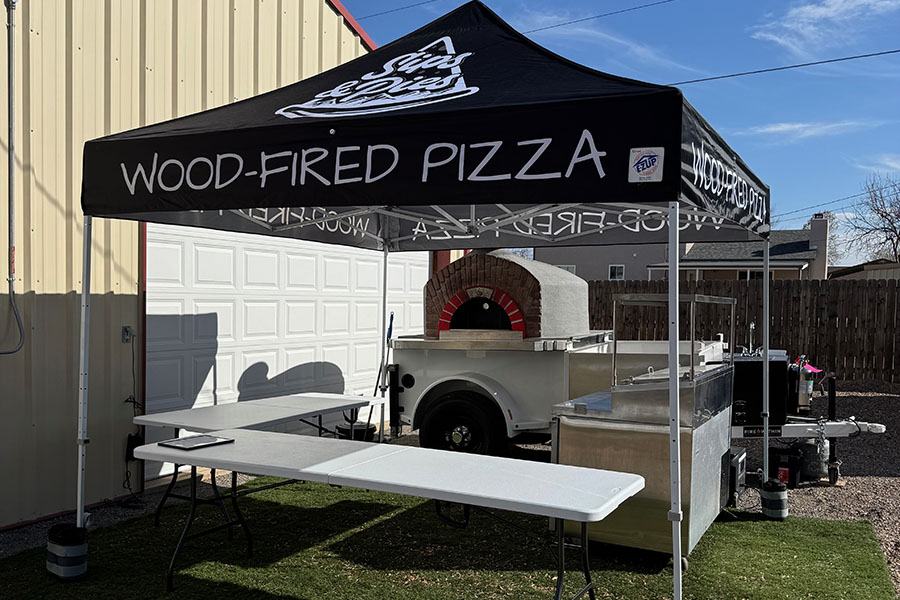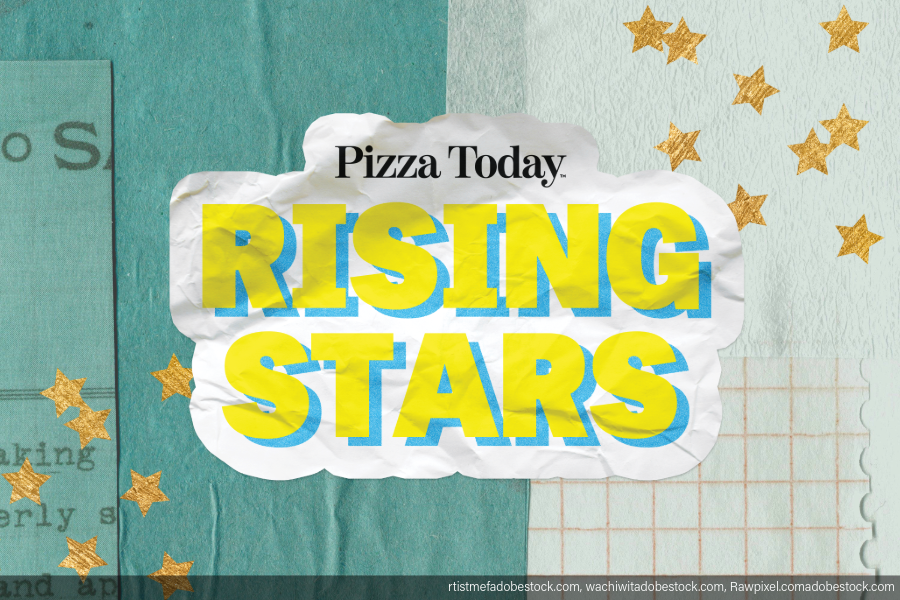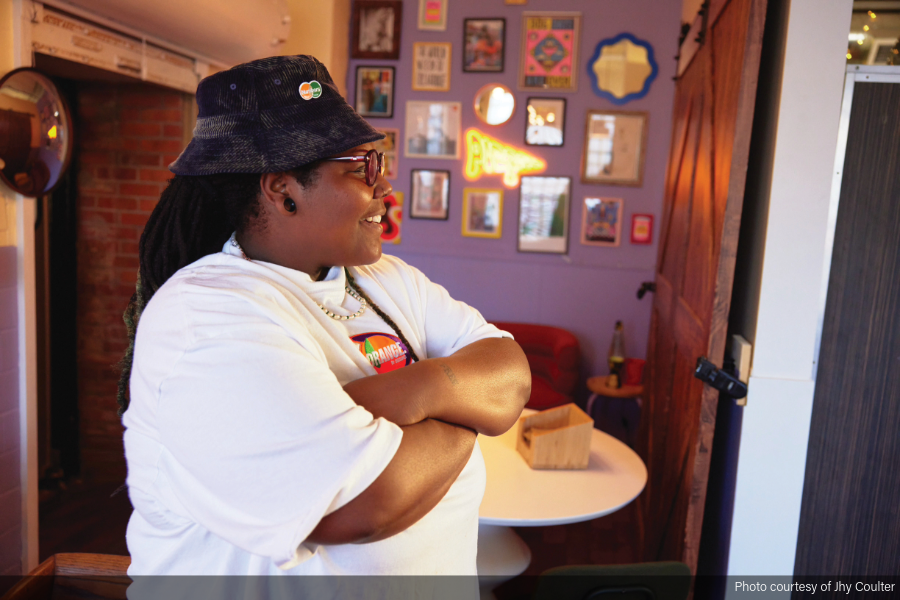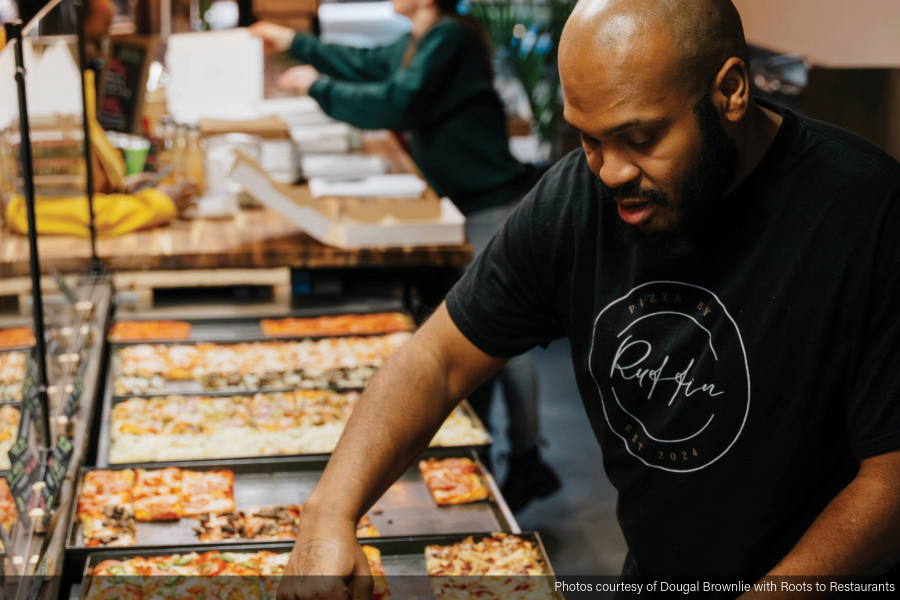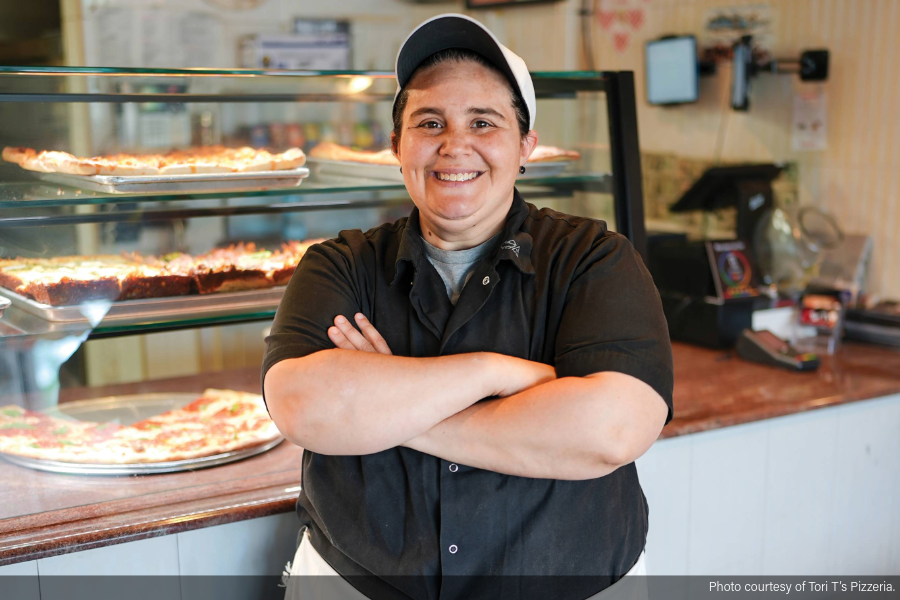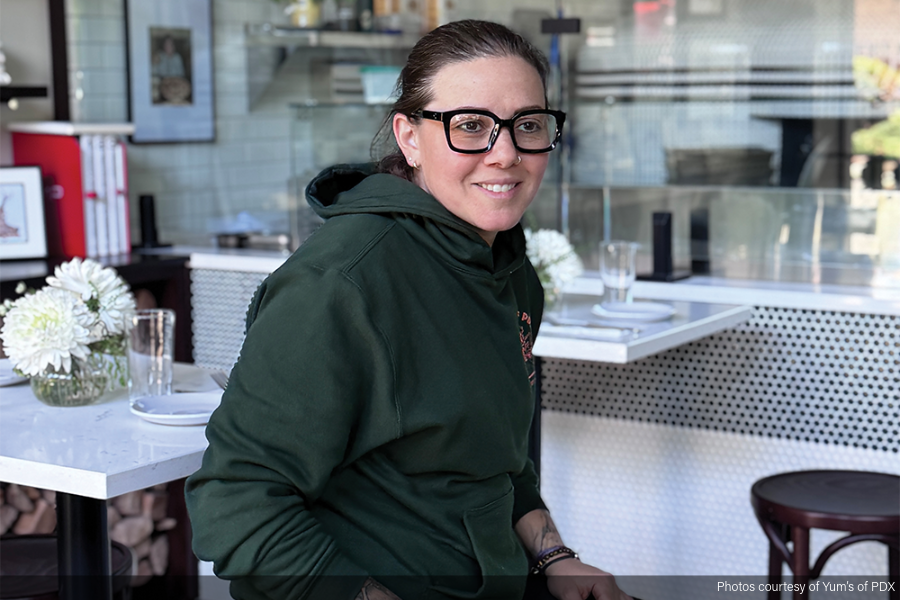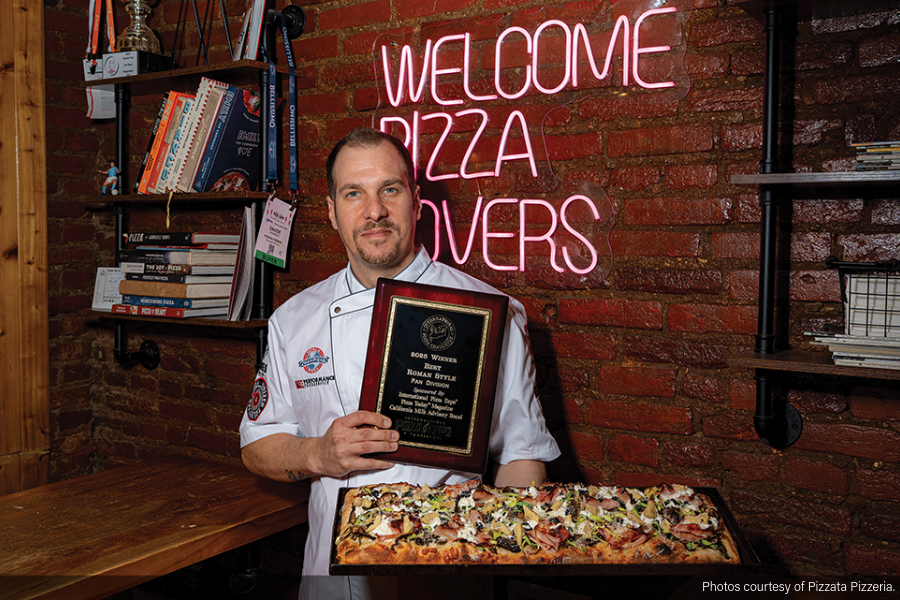 The Carryout Upsell
The Carryout Upsell
People are not going to stay home forever, but they might not rush to dine in either. As states lift the COVID 19 pandemic shelter-at-home orders, restaurant customers might prefer to continue their carryout habit over sitting at a table in a restaurant. While pizza establishments have long been the model for delivery and takeout, operators must adapt to a new normal of half-full dining rooms, increased online and phone orders, and curbside pickup. They also have to figure out how to upsell when the customer is ordering online or by phone.
Upselling carryout is different than upselling dine-in. “Whenever we take an order over the phone, our staff will offer an additional item, such as an appetizer or a dessert to all guests,” says Kris Wallenta, chef and co-owner of White Pie Pizzeria in Denver. “This is an effective method, obviously not as effective as a server looking you in the eyes, but it works.”
Wallenta notes that staff members try to make a connection and keep it conversational. For example, “Our Burrata is amazing and would go great as an app for your pasta, have you had it before?” is more effective than, “Do you want an appetizer to start?”
The challenge is that the majority of orders are now coming in through the White Pie website or through third-party vendors. So, there is no opportunity to verbally upsell the burrata appetizer or other items. To get customers to place larger orders, White Pie added The Pack, a combo kit that includes salad that serves two to three, one 12-inch pizza, one loaf of house focaccia, an order of burrata (cheese, tomato medley, basil, EVOO and hot honey) and a small order of cannoli, for $39. When a web visitor clicks on Takeaway, The Pack is the first selection on the list. There is also a Lasagna Kit and Baked Rigatoni a la Vodka kit, which are take-and-bake kits that include house greens, focaccia and cannoli.
“We offer several different meal kits,” Wallenta says. “We have noticed that while it can have an impact on our food costs, it creates higher check averages and more total margin per order.”
More Is Better
Combo meals are a great way to boost carryout orders, especially when dining rooms are closed. At Ian’s Pizza, which has locations in Wisconsin as well as in Seattle and Denver, the Meal Deals include a signature pizza, gluten torpedoes (breadsticks), dipping sauce and beer, wine or cider. “We are definitely promoting higher dollar value promotions,” says Nick Martin, a managing partner and owner of two Ian’s Pizza locations in Madison, Wisconsin. The to-go menu also offers locally made cold brew coffee and sparkling water, to appeal to customers who want to support local businesses.
Both in person and online, upselling is effective only when the offer makes sense. “The most important thing is to be genuine and have a valuable offer,” Martin says. “Not the classic, ‘Do you want to super-size that,’ which comes off as, ‘We want every dollar that you’ll give us.’”
Since many customers are ordering online, it’s important to make the website simple to navigate. On the Ian’s Pizza website, it’s easier to order family meals than to select each component separately, and the deals suggest value. “It’s not just, ‘Do you want to add this for five bucks,’” Martin says. “It’s ‘if you order this and this, you can get more food for less money.’”
Martin recommends logging in as a customer to see how the ordering process feels, how many clicks it takes to complete an order, and in what order the food appears. For example, pizza, not sides and extras, should be the first item that shows up on the online menu.
Be Clear
The absence of a live person can actually help in upselling, says Sonu Chandi, a Mountain Mike’s franchise owner in Eureka, California, and president of Chandi Hospitality. “When the consumer has time on their hands when they are making the decision, they don’t feel like someone is trying to sell them something,” he says. “They don’t feel pressure and they automatically end up ordering more.”
The key to upselling online, Chandi says, is to make the food photos appealing and to have clear and concise descriptions of the menu items. People often place large orders online because they are feeding their families or other groups, especially during shelter at home. “The ticket average ends up higher,” he says.
As with other pizzerias in other areas, it helped that states and other entities relaxed some rules regarding sales and off-site consumption of alcoholic beverages. Chandi’s Mountain Mike’s location partnered with local purveyors to offer beer and wine for delivery with food. “We worked hard to get more local beer and wine and make it available for carryout and delivery, and beverage control has allowed us to do that,” he says. “We are seeing additional sales coming in, and people are saying, ‘We are glad you are making this available.’”
Think Big
Offering a variety of menu items can encourage customers to buy not only tonight’s dinner, but also purchase something for later in the week. “Order dinner on a Tuesday, grab a reheatable chicken dinner and some stuffed shells and our guests can take care of two nights or more worth of dinners in one order,” says Brandon Gillis, founder and co-owner of Fiorella, with two locations in San Francisco. Another tactic is to offer an interactive experience. Fiorella offers pizza kits, so parents order those for the kids, and pasta and appetizers for themselves.
Fiorella is adjusting to the new way of ordering and eating. The Clement Street location is constructing a new takeout window, and each location will have separate entrance and pick-up areas for dine-in and take-out patrons. “We will really need to get a good grasp of what our guests are desiring from takeaways,” Gillis says. “We will make sure we are creating safe and seamless takeaway experiences with menus designed to meet the needs of patrons that prefer takeaway.”
Nora Caley is a freelance writer who covers small business, finance and lifestyle topics.
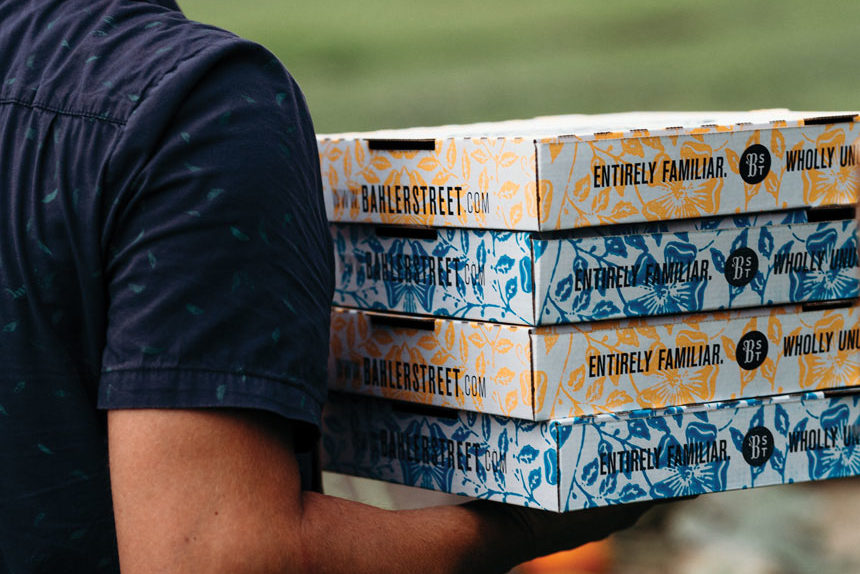
 The Carryout Upsell
The Carryout Upsell